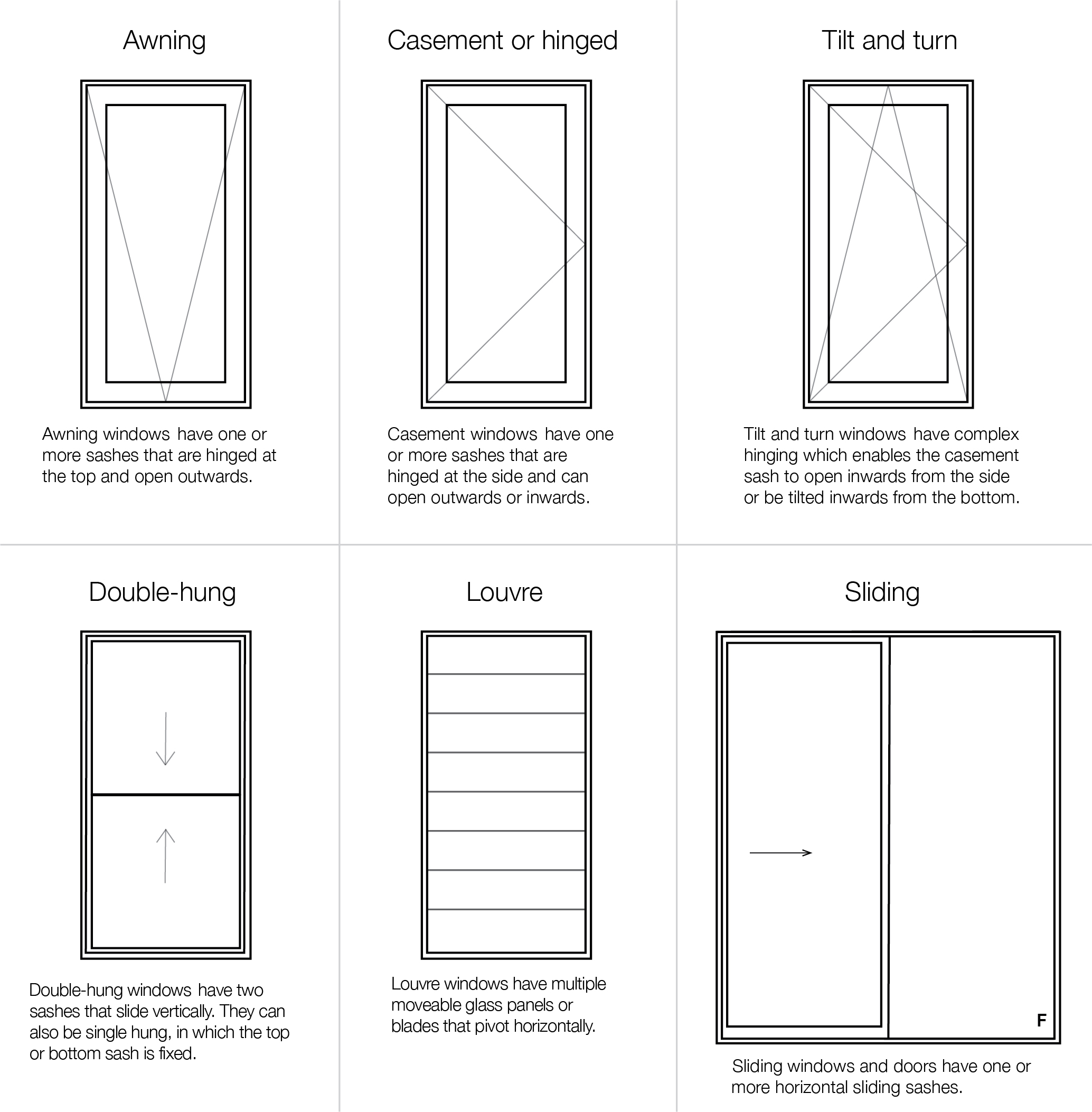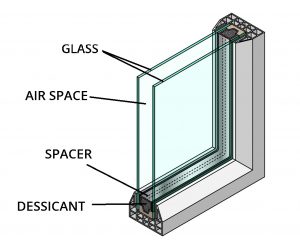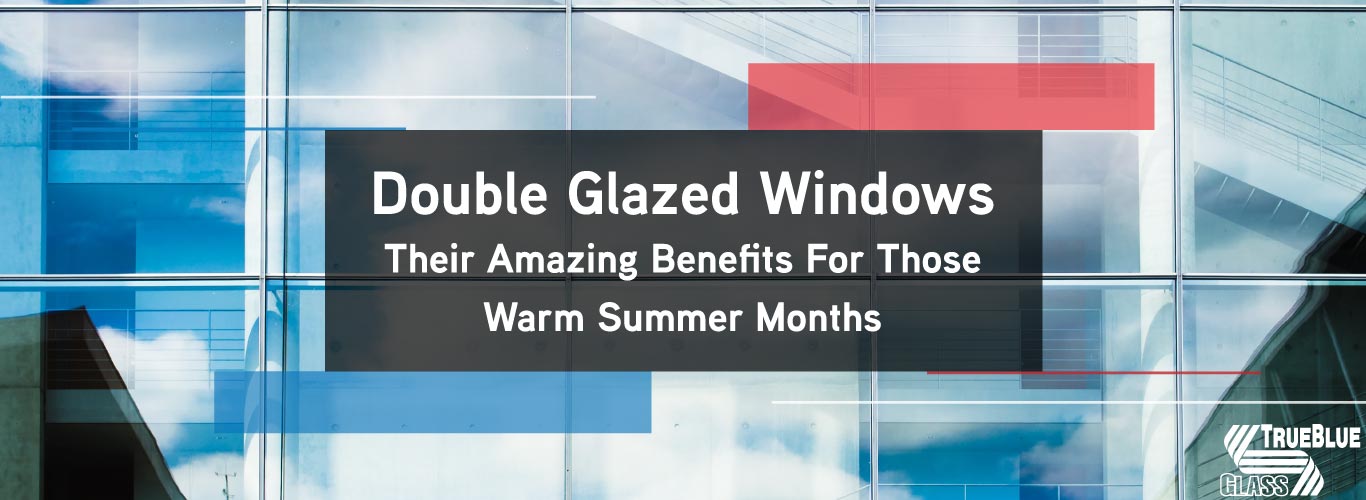All Categories
Featured
Table of Contents
Double Glazed Windows in South Fremantle WA
Laminated glass is frequently utilized in locations in the house most vulnerable to injury from human impact such as restrooms, doors, around staircases and in locations near the floor (it meets the requirements of 'shatterproof glass' that is mandated for use in these areas by Australian Standard AS 1288 Glass in buildings).
Toughened glass has actually been 'tempered' by being reheated and quickly cooled once again. This process makes it much more powerful than standard glass it can withstand higher impact loads prior to breaking. It likewise makes it more secure due to the fact that, when it does shatter, it burglarizes numerous little cubic pieces instead of hazardous shards.
Top 10 Tips To Keep Your Home Cool in Darch WA
However, toughened glass has no thermal or acoustic benefits over other glass of the very same toning or thickness. Secondary glazing is where single-glazed windows are retrofitted with a transparent acrylic or glass sheet attached to the within of the frame or openable sash with a secondary frame or with magnetic strips.


Secondary glazing will not perform also thermally as a manufactured IGU, considering that it is difficult to completely seal the border, but it can supply excellent sound control. Window movies are a thin polymer film containing a taking in color or reflective metal layer, with an adhesive backing. They stick to your glazing to change its colour or make it reflective.
Solace Creations: Home in Cannington WA
Applied to existing glass, some window movies can cut in half the total SHGC of the window by taking in and/or showing solar radiation. This can be particularly helpful in hotter climates where cooling is the main concern, or on east and west elevations directly exposed to extended periods of sunshine. Window films might likewise lower visible light transmittance.

For this factor, it is typically best to utilize a certified installer of window film. Frames have a considerable impact on the thermal efficiency of doors and windows, since energy can be acquired and lost through the frame, along with through the glass. Different types of frame will enable various levels of heat gain and loss, so mindful choice of frame is very important for effective passive style.
Top 10 Tips To Keep Your Home Cool in Maylands WA
Aluminium is also an extremely great conductor of heat and will reduce the insulating value of a glazing system, unless specifically crafted to lower this. A 'thermally broken' frame is made up of 2 aluminium areas linked by a structural insulator (normally a low-conductivity structural polymer). This 'breaks' the thermal connection through the aluminium and lowers the heat flowing through the frame.
Timber frames are an excellent natural insulator that can match some home designs. Timber frames need to be made from types that have naturally high durability or be treated to avoid decay and contortion.
Which Type Of Glass Is Best For Energy Efficiency? - A&l Windows in Leederville Western Australia
(weather stripping) is installed.
u, PVC windows and doors have exceptional thermal performance Image: Ben Wrigley (Light Home Architecture and Science) Composite frames utilize aluminium profiles on the outer sections with either a wood or u, PVC inner area. These combine the low maintenance and durability of aluminium with much improved thermal performance.
Latest Posts
Home Window Glazing - Sustainability Victoria in Carmel WA
Windows Of Opportunity: Your Guide To High-performance ... in Kallaroo WA
Double Glazing Windows in Rockingham WA